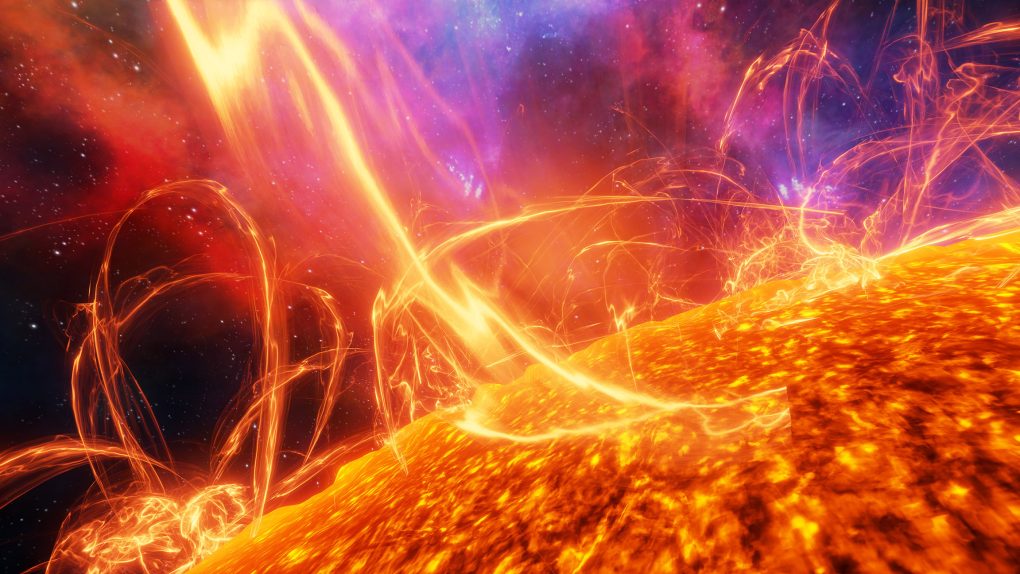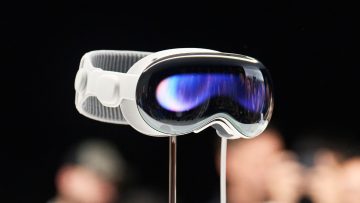The European Space Agency may have finally taken a step towards solving a 65-year-old solar mystery that has left scientists scratching their heads for decades. The mystery in question is why the Sun’s atmosphere is so hot. This “coronal heating problem” has long baffled astronomers, but a joint operation between the Parker Solar Probe and the Solar Orbiter could finally provide an answer.
According to a new post by the European Space Agency (ESA), the Solar Orbiter recently underwent some solar gymnastics to allow it to observe the Sun from a slightly different angle. This, the ESA says, allowed the Solar Orbiter to sync up with the measurements that the Parker Solar Probe is taking, which has provided a ground-breaking measurement unlike anything we had before.
The Sun’s atmosphere, which is known as the corona, is extremely hot. Maybe that seems like an understatement, given the fact that our Sun is a massive star, but it measures roughly one million degrees Celsius. Despite the obvious fact that the Sun’s atmosphere is hot, the mystery of why it’s so hot has baffled scientists because the surface of the Sun is actually only 6,000 degrees Celsius.
As such, the corona somehow reaches a sweltering 150 times hotter than the surface. This coronal heating problem has been at the center of missions to study the Sun. While these missions provide some intriguing information separately, they can provide even more in-depth measurements when working together, which could help us finally solve this intriguing mystery.
The belief is that some method of transferring energy into the plasma within the Sun’s atmosphere must be at work, but scientists have never been able to say what exactly. Now that the Solar Orbit has repositioned itself, though, it’s possible we could finally get some more answers. All it took was risking one of the most successful solar missions we’ve ever seen. But it was a risk well worth it.








